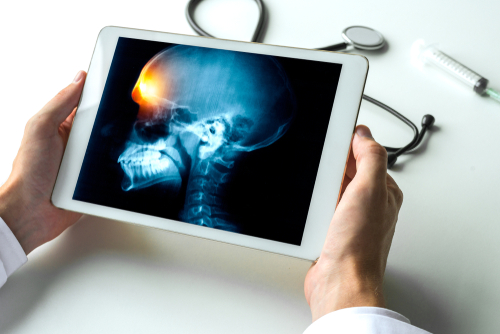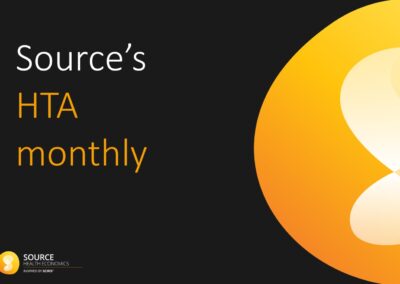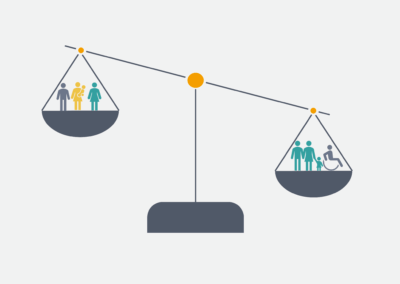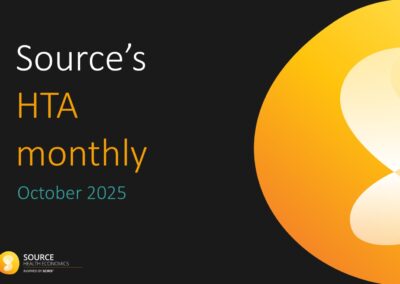Written by Jenna Stephens (Systematic Review Analyst) and Tom Macmillan (Consultant - Systematic Review)
In principle, the process of searching for published evidence for medical devices is no different from other health technologies. The NICE process guidelines do not specify alternative sources or a different level of rigour for any kind of health technology. However, when conducting searches for medical devices, the evidence base should be approached differently in order to optimise the precision and sensitivity of the search.
In this blog post, we’ve explored some of the key distinguishing characteristics of medical devices and presented our tips for best practice when designing search strategies.

Medical devices differ from pharmaceuticals in a variety of ways (Tarricone et al.):
-
Devices can change frequently (i.e. updated versions, new features etc.), which may lead to a change of device name, for example.
-
The use and effectiveness of a device may be dependent on the competence of the clinician using it. The nature of the learning curve (which can have an impact on economic modelling) may or may not be captured in the available evidence.
-
Pricing of devices can be more dynamic than pharmaceuticals and may include ongoing maintenance and consumables costs.
-
Devices tend to be produced by small and medium-sized enterprises (SMEs). The small size of manufacturers can mean they lack the resources or skills to carry out research.
-
For some devices, particularly implantables, designing controlled trials is challenging, therefore high-quality evidence is often scarce.
In the EU, medical devices are required to carry a CE mark. Devices are sub-divided by risk class, ranging from class I non-invasive, such as in vitro diagnostics, through to class III implantable devices. In order to acquire a class II-III CE mark, there must be published evidence demonstrating the device is safe for its intended use; evidence demonstrating clinical or cost-effectiveness is not required for CE marking, removing an incentive to produce high quality evidence
Therefore, the evidence base for a medical device is likely to be very limited and the standard approach to searching for evidence may need to be adapted.
Searching for evidence
The following table includes our recommendations for best practice when searching for medical devices. Examples are derived from published NICE guidance for medical devices.

As with other health technologies, the decision problem for an evaluation of a medical device is often built around the PICO model. However, as the evidence base is often limited, medical device searches will typically include only the intervention element (and sometimes population), and therefore searches are not limited by comparators or outcomes.
Ideally, medical devices should be evaluated in line with any other health technology. However, the evidence base for medical devices tends to be narrower than that of pharmaceuticals, and the terminology less reliable. We have provided some tips for best practice when conducting SLRs for medical devices that can help to optimise the design of search strategies.




